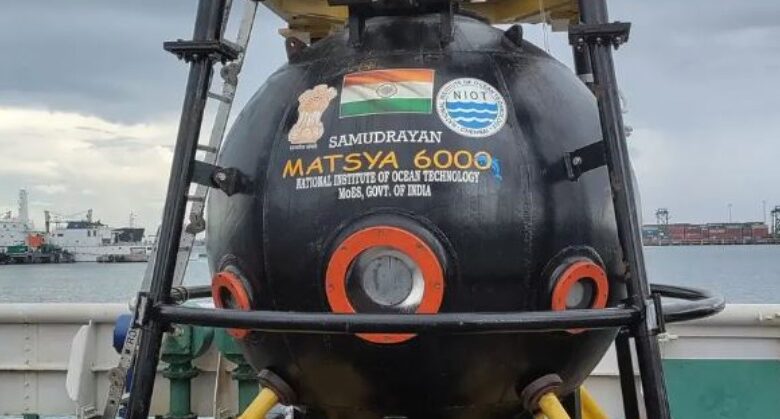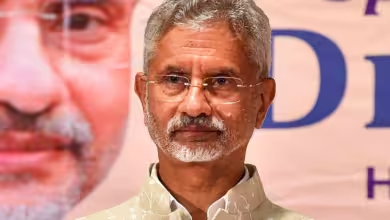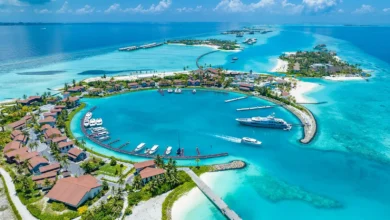India to send manned mission 6,000 metres underwater in submersible Matsya
So far, only the US, Russia, Japan, France and China have developed manned submersibles

After a successful mission to the moon, India is now set to send a manned mission 6,000 metres underwater under project Samudrayaan in an indigenously made submersible named Matsya 6000 to explore the deep ocean. It is designed to study the deep ocean resources and conduct biodiversity assessments. So far, only the US, Russia, Japan, France and China have developed manned submersibles.
Matsya 6000 was developed by National Institute of Ocean Technology (NIOT) scientists who reviewed the design, materials, testing, certification, redundancy and standard operating procedures. The mission which will be completed by 2026 will undergo sea trials at 500 metres depth in the first quarter of 2024, as said by M Ravichandran, secretary, the Ministry of Earth Sciences.
The submersible is still under observation and is being closely examined in light of the implosion of the Titan submersible in June 2023. The Titan was entrusted with taking tourists to the spot where the Titanic had crashed in the North Atlantic Ocean.
NIOT director G A Ramadass talked upon the following details about the Matsya 6000’s design:
- Matsya 6000 has been designed and developed as a 2.1m diameter sphere to carry three people.
- The sphere will be made of 80mm-thick titanium alloy to withstand 600 bar pressure (600 times greater than the pressure at sea level) at 6,000 metres depth.
- The vehicle is designed to operate for 12 to 16 hours at a stretch, but the oxygen supply will be available for 96 hours.
- Except for the sphere, there is redundancy for everything – sometimes double, sometimes triple redundancy. In engineering, redundancy is the intentional duplication of critical components or functions of a system with the goal of increasing reliability of the system, usually in the form of a backup or fail-safe.
The major aim of Matsya 6000 mission is to look for precious metals and minerals such as cobalt, nickel and manganese amongst others. Matsya 6000 will also investigate the chemosynthetic biodiversity in hydrothermal vents and low temperature methane seeps in the ocean. The Matsya 6000 is now reportedly ready for trials and will undergo its first sea trial in the Bay of Bengal off the coast of Chennai in early 2024.
Please, also have a look into : Indian stars shine bright at 2023 International Emmy nominations



